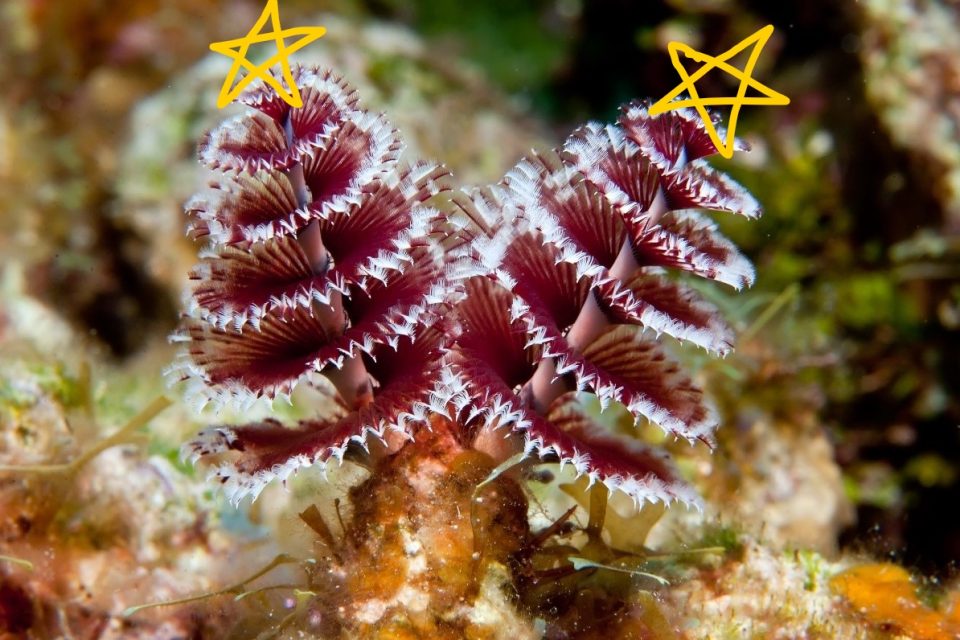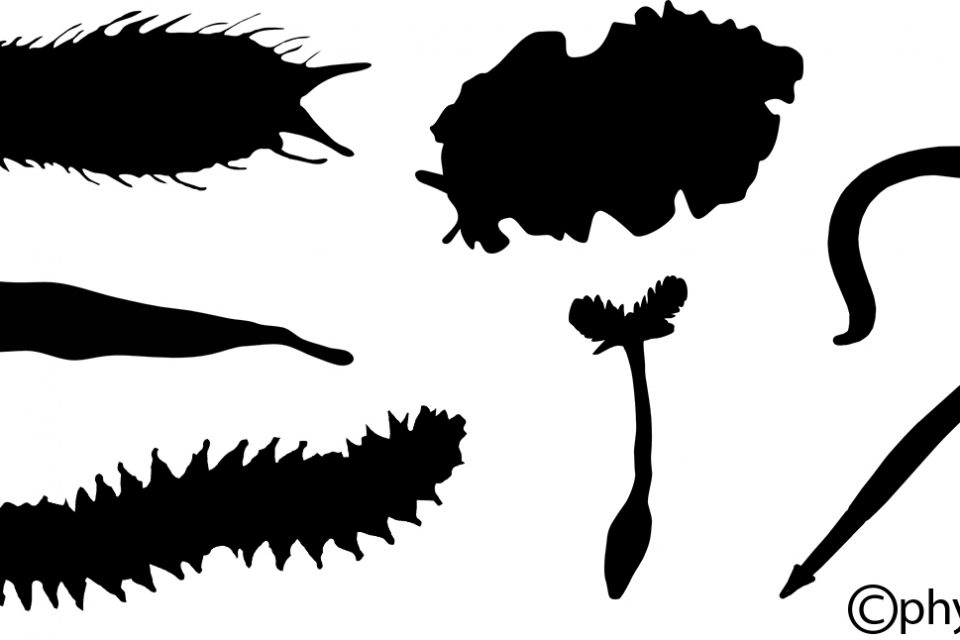We started this blog with an advent calendar for 2020 summarizing the highlights of our research year and presenting ourselves. Since we have continued that tradition.
Category: Advent calendar

Maths and Models: The Mechanics of Invertomics
As the nights get longer and the end of the year draws ever nearer, the FEZ advent calendar gives us the opportunity to introduce what we’ve been working on this year to everyone. My role in the group is tied to the Invertomics project, the quest for a […]

Exploring coastal beetle fauna of the Sakhalin island
Most species of the hydraenid beetle genus Ochthebius are associated with fresh water habitats e.g. creek margins. One clade, the vandykei group, succeeded in a very different habitat, fissures and crevices of the supralittoral coastal rocks on both sides of the northern Pacific. One species of this group […]

Stygocapitella – an incredibly old worm found beneath your beach towel
Species of the genus Stygocapitella belong to the ringed worms, also known as Annelida. Annelids are worms like earthworms, lugworm or christmas tree worms, but also leeches or very tiny worms living in the spaces between the sand grains, called the interstitium. Such an interstitial group of worms […]

Door 9: Bowhead whales – giants of Arctic waters
Bowhead whales (scientific name Balaena mysticetus) are baleen whales that spend the entire life in the Arctic and subarctic waters. They are named after their characteristic triangular skull that allows them to break through ice for breathing. They are 15-20 meters long and may weigh up to 100 […]

Meet the critters from the Artsdatabanken project
After introducing the Artsdatabanken project and telling about our summer collection trips (Trøndelag and Oslo), it is time to present the six invertebrate groups that we are working with. From star ascidians to Christmas-tree worms, this seems to be the adequate time of the year to get to […]

December 7: How are the Aegialites-beetles?
A year has passed since the last update on my project related to the Aegialites-beetles. Throughout the year, the project has moved slowly forward with some minor corona-bumps in the way. The intended fieldwork to Japan is still postponed, but trough Vladimir, we have managed to get a […]

Field Trip to Roscoff
By Alberto Valero-Gracia In this blog post I will briefly comment about our first field trip outside Norway, a trip done to sample at the Station Biologique de Roscoff (France). During this trip (3rd – 17th of September, 2021), my supervisor, Prof. Torsten Struck, and I, were able […]

Door 5: Modern DNA Sequencing Meets Oslo Natural History Museum Wet Collections: Testing the Impact of Age and Formalin
Pia Merete Eriksen, Rita M. Austin In June 2021, I, Pia M Eriksen, conducted a research project under the guidance of Rita M Austin to sequence herptile type specimen DNA using in-house sequencing techniques, supported by Oslo Natural History Museum and UiO: Life Sciences. Now, 5 months later, […]

Science From Lockdown: Advent Calendar December 4th 2021
So we’re in advent again! I arrived last December to a chilly Oslo, and it feels like the year has flown by. For us, and I imagine for many of our readers too, the year has been characterised by rolling lockdowns and the steady pace towards vaccination. But […]

Staphylinid beetles of Ebu Forest, Cameroon
In June 2021 Vladimir Gusarov made a field trip to Cameroon. The purpose of the trip was to survey the staphylinid beetle fauna of the Ebu forest, collect samples for student projects and train a student from the University of Buea, Ms Grace M’ayuk Ojong-Nkongho. Ebu forest covers […]